The STALKER series is renowned for not pulling its punches when it comes to difficulty. In fact, STALKER‘s high level of difficulty was one of its biggest appeals back upon the series’ 2007 debut. Players were simply thrown into the post-apocalyptic Zone and left to explore the treacherous wasteland for themselves, and though that experience was difficult, it provided more freedom than players of the time were used to. STALKER 2 follows a very similar approach.
As anyone who has played even just the 30-minute prologue will know, STALKER 2 can be a very difficult game. Even on the game’s lowest difficulty setting, surviving the Zone won’t be a walk in the park, with almost everything out there wanting the player dead. But while this high level of difficulty is a vital element of what makes STALKER 2 such a memorable, unique experience, it’s also sometimes the cause for some real frustration.

Related
Stalker 2: All Factions, Explained
Here’s a roundup of all factions that appear in Stalker 2, including their home base locations and brief overviews of their motivations.
STALKER 2’s High Level of Difficulty Has Both Its Advantages and Disadvantages
STALKER 2’s Higher Difficulty Leads to Intense, Memorable Battles
On its regular difficulty setting and above, STALKER 2‘s enemies can kill the player in a handful of shots. While the player can find more resilient armor, just a few bullets can still put an abrupt end to their scavenging career. But what makes STALKER 2‘s combat so compelling is that enemies suffer from the same vulnerability.
Every firefight in STALKER 2 quickly becomes an intense battle of life-and-death. Just one or two well-placed shots make the difference between the player walking away with all their hard-earned loot or ending up in an early grave, and that constant tension is key to STALKER 2‘s intoxicatingly oppressive atmosphere.
The player making it out by the skin of their teeth every time goes a long way in making STALKER 2‘s combat feel rewarding and worthwhile. This high level of difficulty during combat also helps to further immerse the player into STALKER 2‘s setting, as players are frequently shown first-hand just how inhospitable the Zone is.
STALKER 2’s Higher Difficulty Encourages a Distinct Playstyle
STALKER 2‘s higher difficulty carries through to gameplay outside of combat as well. Before heading back out into the Zone to face its many terrors, players are heavily encouraged to prepare thoroughly for the difficult encounters ahead. Players need to repair weapons, purchase ammo, and upgrade armor, all so they can better deal with the threats outside. And to purchase all of that, players need cash, which can only be found in the Zone, thus fueling STALKER 2‘s satisfying gameplay loop.
STALKER 2’s Occassionally Unfair Enemy Design Can Lead to Frustration
But STALKER 2‘s difficulty doesn’t quite strike a perfect balance. Along with human enemies, players will encounter a variety of mutants and other monsters out in the Zone. Generally speaking, most of these mutant enemies are bullet sponges, often requiring over 100 shots to take down. This higher health pool isn’t necessarily a bad thing, as killing one of these monsters feels like an almost superhuman feat.
But that’s not the case for STALKER 2‘s invisible enemies. Occasionally, players will be confronted with a completely invisible mutant that’s still able to dish out a dangerous amount of damage. The Bloodsucker mutant type players first encounter in STALKER 2‘s prologue is an example of invsibility done well, as it needs to leave camouflage to attack the player, thus giving them an opening to retaliate.
The Poltergeist mutant type is much more frustrating to deal with. Completely invisible aside from a very dim glow, STALKER 2‘s Poltergeist is incredibly difficult to keep track of, especially in dark environments. The Poltergeist might not deal as much damage as other mutant types, but its ability to throw objects at the player still packs a punch, and can just as easily lead to a quick death, one which feels much less fair.
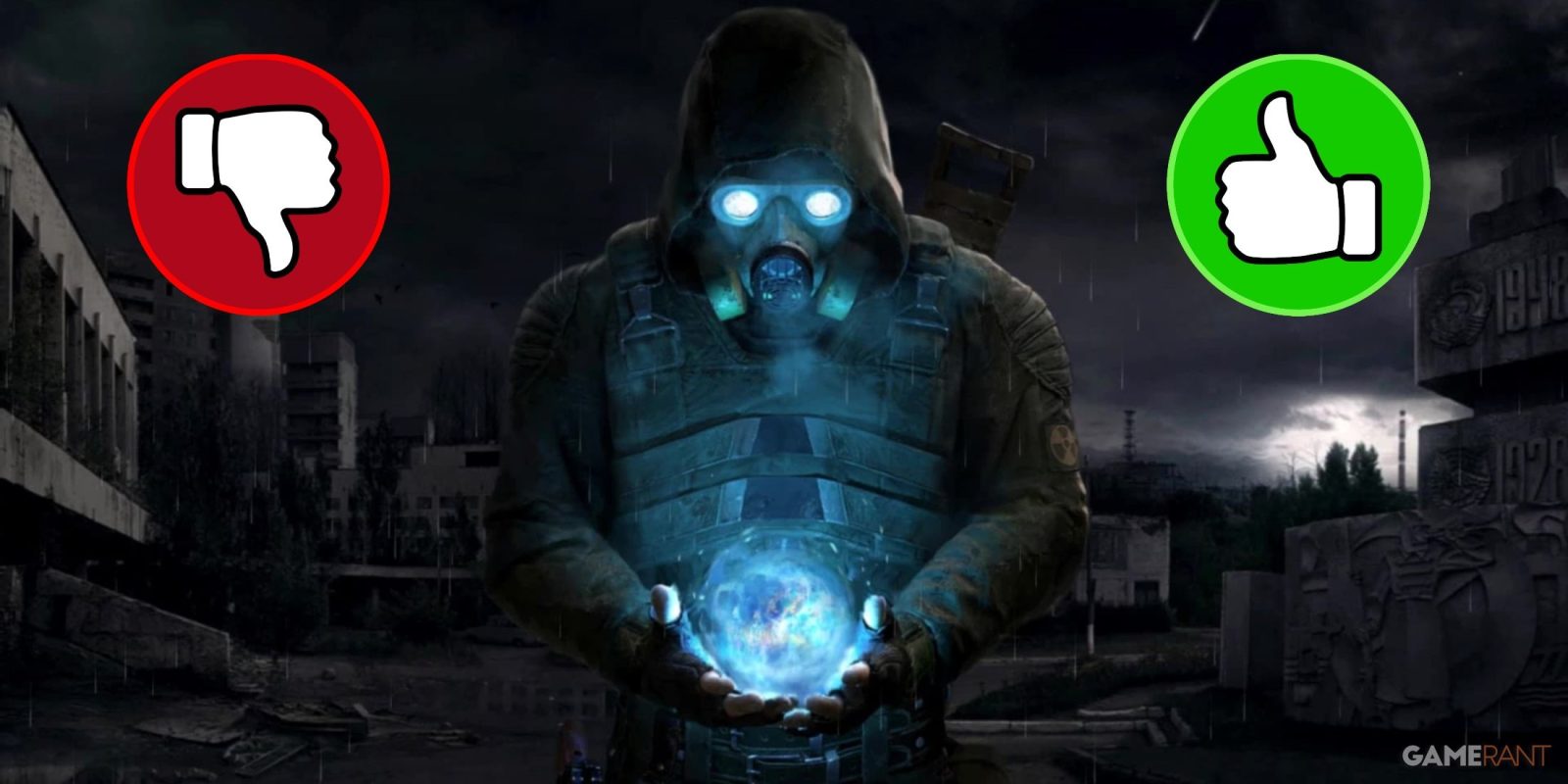
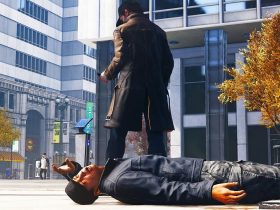
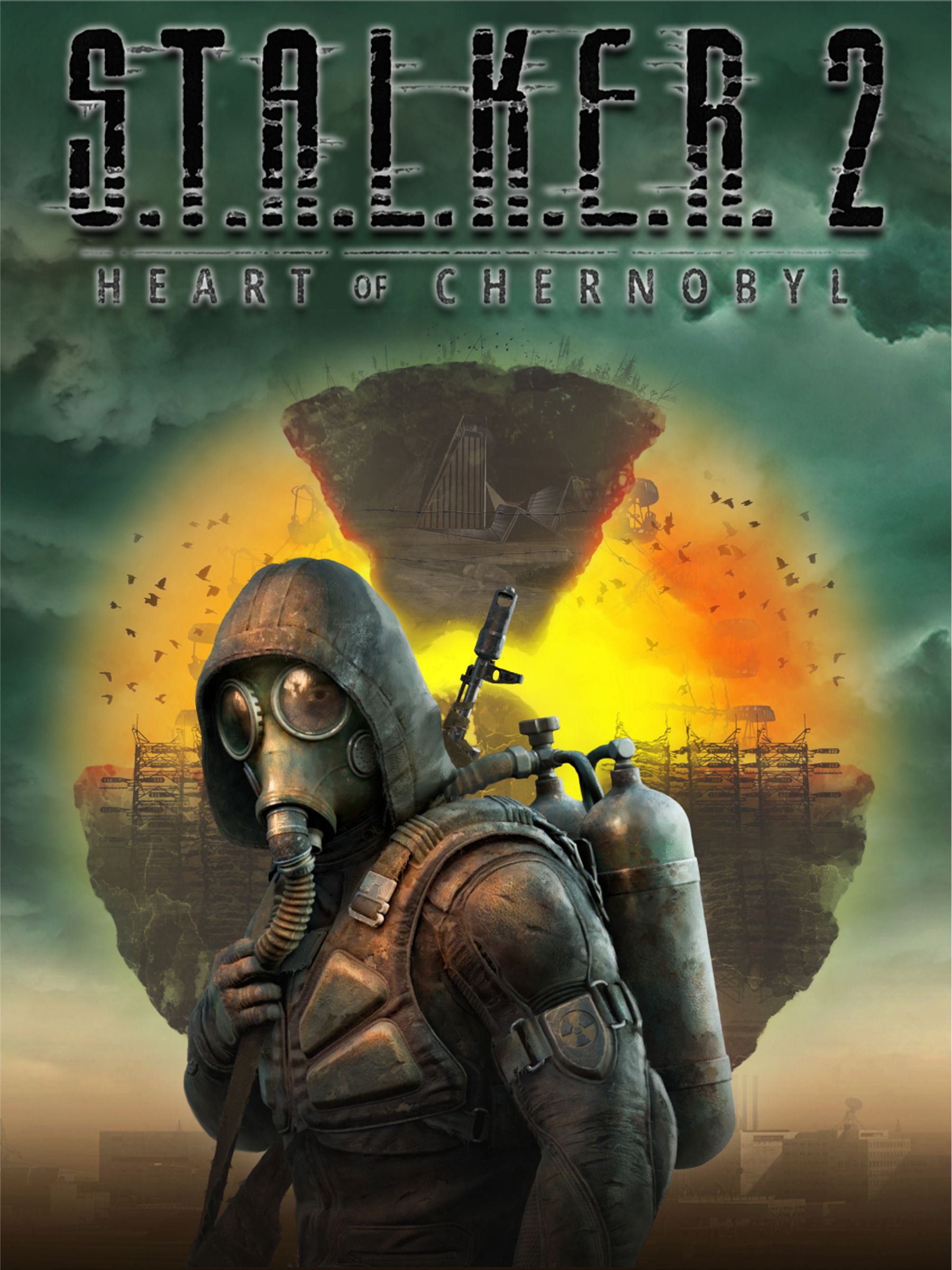




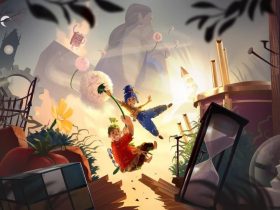
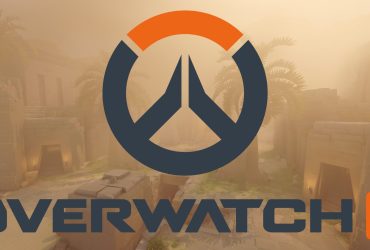



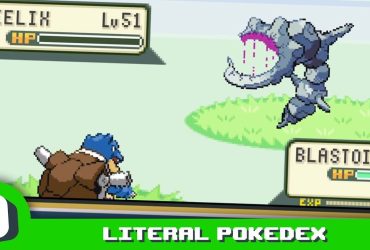

Leave a Reply